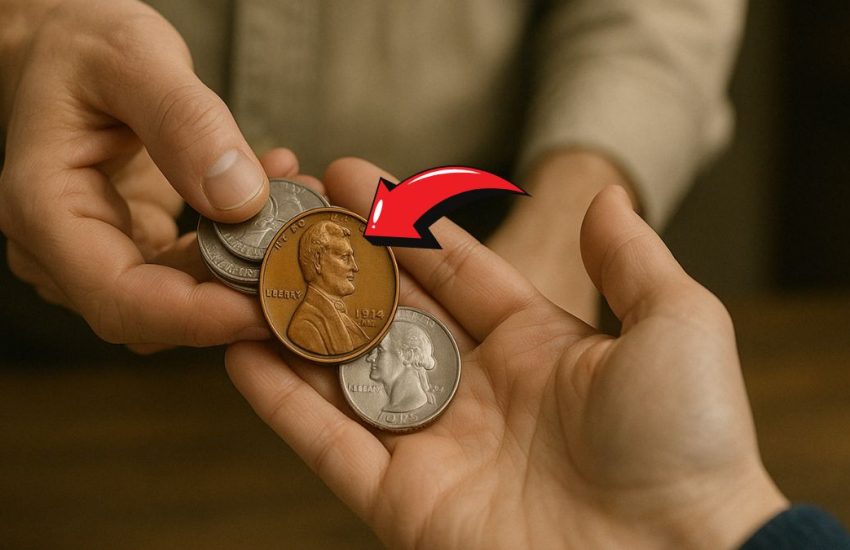In an astonishing turn of events, a rare 1914-D Lincoln Wheat Penny was recently discovered in a loose change bowl, leaving coin collectors and dealers astounded.
This unexpected find underscores the enduring allure and value of rare coins, even in the most commonplace settings.
The Significance of the 1914-D Penny
The 1914-D Lincoln Wheat Penny, minted in Denver, holds a special place in numismatic circles due to its limited mintage and historical context.
Key Details
- Mintage: 1,193,000 coins
- Composition: 95% copper, 5% tin and zinc
- Designer: Victor David Brenner
- Diameter: 19 mm
- Weight: 3.11 grams
The coin’s scarcity is attributed to its low production numbers and the fact that many were lost or heavily circulated during World War I, making well-preserved specimens exceedingly rare.
Current Market Value
The value of a 1914-D penny varies significantly based on its condition. Coins in better condition command higher prices.
| Grade | Estimated Value (USD) |
|---|---|
| Good (G-4) | $200 – $500 |
| Fine (F-12) | $1,000 – $3,000 |
| Extremely Fine (EF-40) | $10,000 – $15,000 |
| Mint State (MS-60+) | Up to $49,000 |
| MS66+ Red | $158,625 (record sale) |
Note: Values are approximate and can fluctuate based on market demand and coin specifics.
Identifying Authentic 1914-D Pennies
Given the coin’s value, numerous counterfeits exist. Collectors should be vigilant and consider the following when verifying authenticity:
- Mint Mark Placement: The “D” mint mark should be located below the date, slightly to the right.
- Die Characteristics: Authentic coins exhibit specific markers from the minting process, including unique shapes and positions of the mint mark.
- Professional Authentication: Due to the prevalence of counterfeits, it’s advisable to have the coin authenticated by reputable grading services like PCGS or NGC.
Preservation Tips for Rare Coins
To maintain the value and integrity of rare coins like the 1914-D penny:
- Avoid Cleaning: Cleaning can damage the coin’s surface and reduce its value.
- Proper Storage: Store coins in airtight holders or coin cases to protect them from moisture and scratches.
- Handle with Care: Always handle coins by the edges to avoid fingerprints and oils from your skin.
The discovery of a 1914-D Lincoln Wheat Penny in a loose change bowl serves as a thrilling reminder of the hidden treasures that may lie unnoticed in everyday places.
For collectors and enthusiasts, it emphasizes the importance of vigilance and knowledge in the pursuit of numismatic gems.
FAQs
Why is the 1914-D penny so valuable?
Its value stems from its low mintage of 1,193,000 coins and the fact that many were lost or heavily circulated, making well-preserved examples rare.
How can I verify the authenticity of a 1914-D penny?
Look for correct mint mark placement and die characteristics, and consider professional authentication from services like PCGS or NGC.
What should I do if I find a rare coin?
Handle it carefully, avoid cleaning, store it properly, and seek professional appraisal to determine its value and authenticity.
Are there other valuable Lincoln Wheat Pennies?
Yes, other notable examples include the 1909-S VDB, 1922 “Plain,” and 1955 Double Die pennies, among others.

